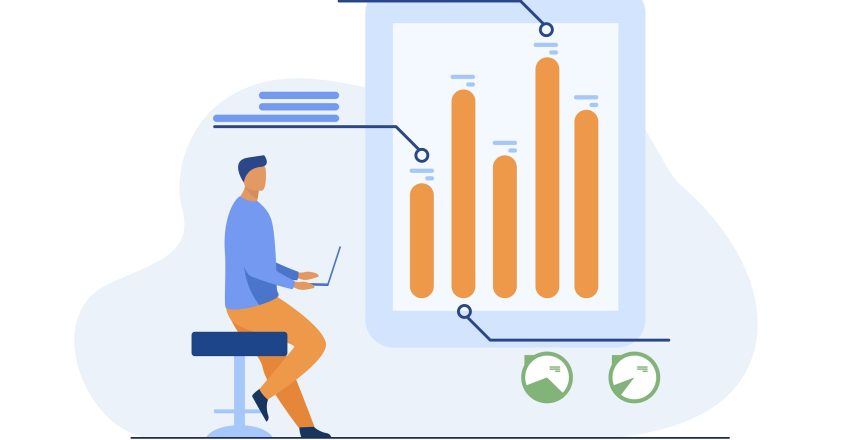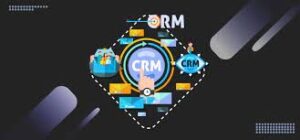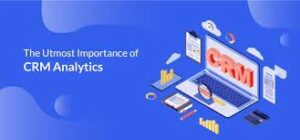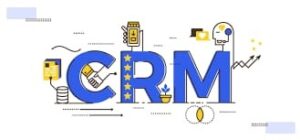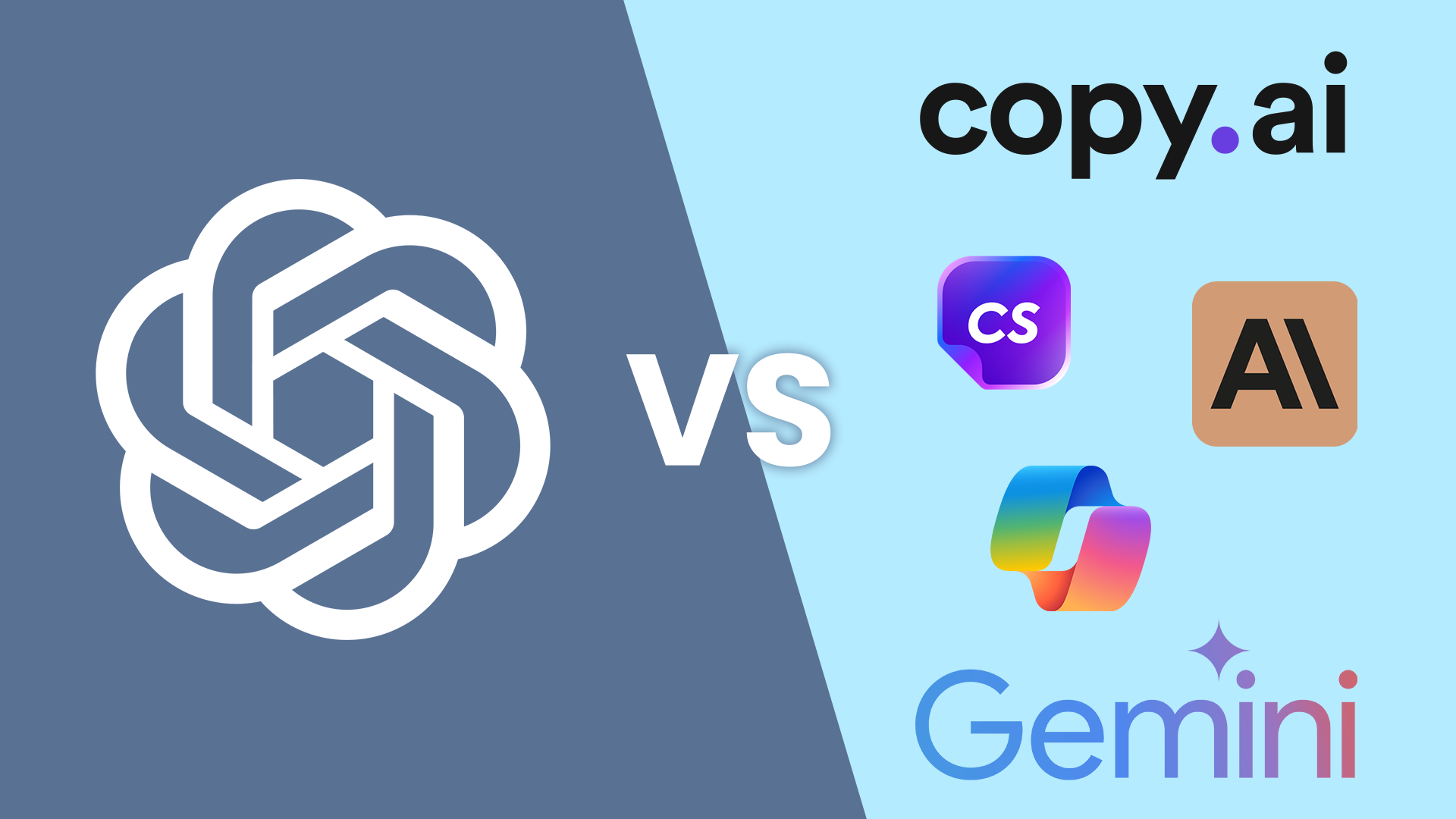CRM analytics, often known as customer analytics, is a broad phrase that refers to technology and methods for capturing, gathering, analyzing, and presenting a wide range of customer-related data in a simple and user-friendly interface.
Customer analytics’ ultimate purpose is to offer sales reps the data they need to understand their customer behavior and make data-driven decisions to provide the potential customer experience.
CRM analytics has the uniqueness that serves the most crucial role of giving the correct data at the right times in the sales funnel, especially in B2B sales activity where the value of each sales effort and there is more at stake.
Because B2B buying sales cycles are longer and more than one person is involved in the business decision-making process, it’s critical to collect relevant behavioral analytics about their progress and strike when the moment is appropriate.
CRM analytics efficiently bridge the gap between numbers and current customers in this way, giving organizations a significant window of opportunity to acquire a competitive advantage.
You can go ahead of your competitors in serving your customer loyalty by utilizing the data in innovative ways. It provides a higher level of intellect to achieve such a significant competitive advantage. And an effective CRM analytics software solution makes this possible.
Source : agilecrm.com
We will go over CRM Analytics in-depth in this article. To learn more, visit this new blog.
Table of Contents
Importance of CRM Analytics:
CRM analytics can help businesses in a variety of ways. It provides you with a strong sense of vision that extends beyond statistics. It works well as a Seeing Eye Dog for a strategy that relies on guesswork.
Source : agilecrm.com
Here are a few reasons why CRM analytics is a must-have for any firm.
Effective Segmentation:
CRM analytics provide client demographics and actionable insights across various digital platforms, allowing sales representatives to classify customer base based on similar characteristics.
The marketing campaign could develop relevant marketing strategies for target groups and increase conversions by customer segments based on the factors such as age or purchasing patterns.
Profitability Analysis
CRM statistics can reveal which customer segmentation or types generate the most revenue. Thanks to segmentation, the sales team may more easily identify customer interactions with similar values and decide the most profitable group.
Time metrics such as Customer Lifetime Value (CLV) and Customer Acquisition Cost (CAC) can be constructed to analyze profitability, allowing the marketing team to forecast the number of money customers’ actions will bring in. Companies can also select how much to invest in customer retention.
Proactive customer service and experience:
CRM analytics allow you to anticipate customer satisfaction and issues. The customer service agent in resolving problems and developing trust and credibility. It allows businesses to be more proactive with content, products, and services, giving them a competitive advantage that no other sales pipeline can match.
CRM Analytical Tools:
CRM (Customer Relationship Management Tool) technologies is a reporting tool created to help your marketing and sales performance with a high level of automation, accuracy, and efficiency.
These software platforms enable you to build a comprehensive customer actions database, populate it with all meaningful reports about your user logins (current, past, and potential), and utilize it to give smarter business decisions to them.
Source : agilecrm.com
CRM Analytics Use Cases:
Capture CRM Analytics use cases Without dealing with the system internals, WHO (actor) does WHAT (interaction) with the CRM system for WHAT PURPOSE (goal).
A complete collection of use cases explains all of the different ways the CRM system will be used and, as a result, all of the system’s behavior.
Who uses Analytical CRM:
Data analysts, accountants, and business intelligence experts are the most common CRM users.
Example for Analytical CRM:
For example, your database may include 20,000 contacts, but only 5,000 of them may be interacting with your marketing touchpoints at any given time (website, emails, white papers, social posts, etc.).
Automatic CRM Analytics:
CRM automation means predictive modeling of streamlining procedures and increasing productivity by automating important but repetitive manual tasks in customer relationship management.
Many B2B and B2C organizations utilize CRM solutions to streamline business processes and make difficult activities easier to complete.
Analytical CRM Software:
Analytical CRM software is a subset of CRM in which a business collects data on its customers’ interactions to improve customer happiness and retention.
Analytical CRM collects and analyses a wide variety of consumer data, such as sales statistics, purchase and return history, brand preferences, and so on.
Conclusion:
As illustrated by the ten requirements specified above, CRM analytics enables businesses to provide a better customer experience through many techniques.
It is critical to select intelligent, versatile, and feature-rich CRM predictive analytics solutions to extract the best valuable insights and put them to the best possible use. Customer analytics must be coupled with prompt and effective customer relationship methods to attain the best results.
FAQS:
1.How is analytics used in CRM?
Companies that want to achieve big data success must prioritize advanced CRM analytics platforms. CRM stands for Customer Relationship Management.
Companies can enhance service by studying the entire customer lifecycle by collecting and analyzing big data on their customers. Big data can provide firms with performance and quality measurements in sales, marketing processes, and other areas.
2.Who uses analytical CRM?
Data analysts, accountants, and business intelligence experts are the most common CRM users. For example, your database may include 20,000 contacts, but only 5,000 of them may be interacting with your marketing touchpoints at any given time (website, emails, white papers, social posts, etc.).
3.What is an automatic CRM analytics tool?
CRM automation reduces procedures and enhances efficiency in positive relationship management by automating vital but repetitive manual tasks. Many B2B and B2C organizations utilize CRM software solutions to streamline business processes and make activities easier to complete.
4.What are CRM analytics techniques?
All programming that analyses customer data and delivers it to help enable and streamline better business decisions is called CRM (customer relationship management) analytics. CRM analytics is online analytical processing (OLAP), including data mining.
5.What are CRM use cases?
Prioritizing Leads.
Following Up The Leads.
Identifying Deal’s Age.
Help During A Call.
Automating Mundane Tasks.
Understanding Customers through In-Product Activity.
Understanding Customers Beyond Sales Interaction.
One Company, Different Sales Processes.
Protection Against Competitors
Efficient Way To Ride Sales Meetings
Strategic Marketing
Proactive Strategic Management
Increasing Profit
Cold Email Outreach For Backlink
Sales Prospecting
